I have a progress view like the one Snapchat and Instagram Stories have. My content changes after the progress view reaches to the end or when tapped on a button.
I'm reseting the progress view when content changes. Everything works as expected while there is no intervention. But when tapped on next button the progress view doesn't start again until the other loop executes.
You can see the video here quickly.
I came across this question while I was researching, I have the same scenario but I couldn't apply the principle as a newbie with swift 3.
Here is my code, any help would be highly appreciated:
func startTimer(){
self.timer = Timer.scheduledTimer(timeInterval: 3, target: self, selector: #selector(myVievController.nextItem), userInfo: nil, repeats: false)
}
func updateProgressBar() {
self.progressView.setProgress(1.0, animated: false)
UIView.animate(withDuration: 2.8, animations: {() -> Void in
self.progressView.layoutIfNeeded()
}, completion: { finished in
if finished {
self.progressView.setProgress(0, animated: false)
}
})
}
func nextItem(){
// ...
self.updateUI(item: self.myCurrentItem)
// ...
}
func updateUI(item:MyItem){
self.updateProgressBar()
self.timer.invalidate()
self.startTimer()
// Clear old item and fill new values etc...
}
@IBAction func nextButtonPressed(_ sender: UIButton) {
self.nextItem()
}
